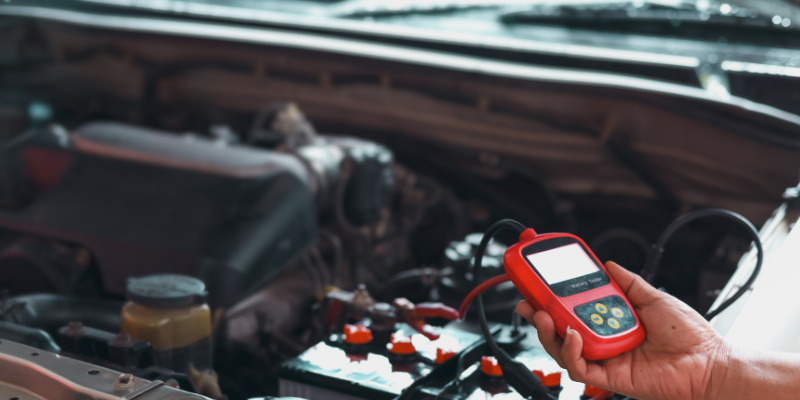John Deere Gators are the unsung heroes of farms, ranches, parks, and more. These utility vehicles tackle hauling, towing, and grounds maintenance with ease. If you’re in the market for a used Gator, understanding high hour usage is key. This guide will walk you through typical hour ranges and what to look for when evaluating a used Gator’s condition and value.
What are High Hours?
High hours on a John Deere Gator refer to the number of hours the vehicle has been in operation since its initial use. It is an indicator of the vehicle’s usage and can be used to estimate its overall condition. However, it is important to note that what is considered high hours may vary depending on several factors, including the model, maintenance history, and the type of usage the Gator has been subjected to.
What is considered high hours on a john Deere Gator?
According to a rule of thumb, engines of John Deere Gators should be replaced after 2,000 to 2,500 hours of use, and anything above 35,000 hours is considered high 1. However, the longevity of a Gator depends on various factors such as maintenance, usage, and engine type. For instance, diesel engines like the Yanmars used in specific Gator editions have an even longer lifespan than their gas-powered counterparts, with a time between overhauls (TBO) of around 40,000 hours.
Typical Hour Meter Readings on John Deere Gators

When it comes to hours on a Gator, here’s a quick rundown:
- New Gators: Usually have under 100 hours, like a fresh start for your vehicle.
- Well-maintained Gators: These troopers can often go over 2,000 hours before major issues start popping up.
- Over 3,000-4,000 hours: Now, you’re entering a zone where repairs might become more frequent. However, it’s crucial to note that usage and maintenance history matter more than hours alone.
You may also want to read this Can You Drive a John Deere Gator on Florida Streets?
Signs of High Hour Usage to Inspect on a Gator

- Engine Compression and Performance: Feel the engine’s pulse – if it’s weak, it might need some attention.
- Transmission and Drivetrain Wear: Listen for unusual sounds and pay attention to how smoothly it shifts gears.
- Tire Wear and Condition: Tires can reveal a lot about a Gator’s history – uneven wear might indicate a bumpy past.
- Condition of Belts, Hoses, and Fluids: A peek under the hood can reveal the Gator’s health. Check for any leaks or worn-out parts.
- Rust/Corrosion and Frame Damage: Rust isn’t just cosmetic; it can weaken the Gator’s structure. Look closely for any signs of wear and tear.
Factors Affecting Hour Meter Readings
Here are several factors that affect the hour meter readings.
How You Use Your Gator Matters
Daily Workload
If your Gator has a busy day every day, the hours add up faster. Think of it like a busy bee – the more it works, the more hours it collects.
Intensity of Use
Sometimes, your Gator might work extra hard. If it’s carrying heavy stuff or going through tough spots, those hours can pile up quickly.
Taking Good Care Helps
Regular Check-ups
Just like visiting the doctor keeps you healthy, regular checks keep your Gator in good shape. Things like changing fluids and replacing worn-out parts make sure your Gator stays strong.
The Type of Care Matters
Not all care is the same. Giving your Gator the right kind of care helps it run smoothly, even with more hours on the clock.
What to Do If Buying a Gator with High Hours
- Get Full Maintenance Records: The more you know about its past, the better. Full maintenance records can reveal how well the Gator has been cared for.
- Thorough Test Drive: Take it for a spin. Check the engine, transmission, and 4WD. Listen for any unusual sounds or vibrations.
- Thorough Inspection or Mechanic Check: A professional eye can catch things you might miss. If possible, have a mechanic inspect the Gator before making a decision.
- Compression Test on Engine: This test can provide insights into the engine’s health. It’s like a health check-up for your Gator’s heart.
- Negotiate Price Accordingly: If wear and tear are evident on critical components, use that information to negotiate a fair price.
Concluding about what is considered high hours on a John Deere Gator:
While hour meter readings give you a general idea, true Gator wisdom lies in inspecting the maintenance history and checking those mechanical components. A well-cared-for Gator can still be a reliable partner, even with high-hour usage.








